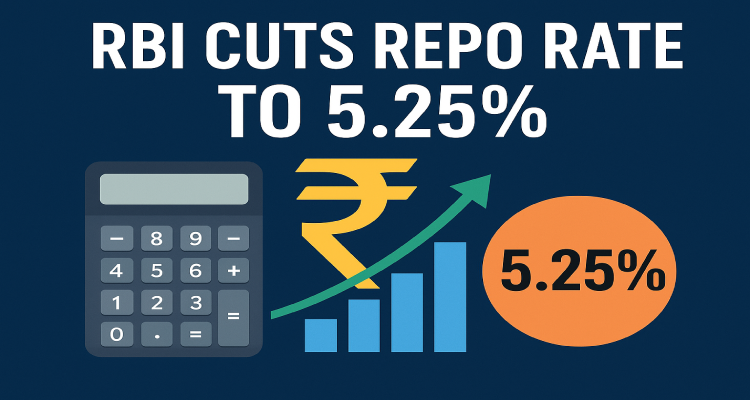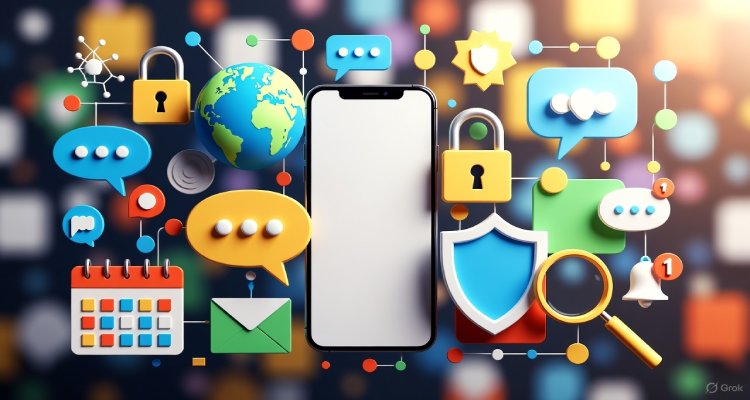Hacking the Human: New Frontiers in Biometric Cybercrime
New technologies promise security through biometrics, but cybercriminals are finding ways to exploit our most personal data. Explore the latest threats and how to protect yourself against biometric cybercrime.
Introduction: When Our Bodies Become Passwords
It sounds like science fiction: a hacker breaking past digital defenses not by guessing a code, but by replicating your face, fingerprint, or even your heartbeat. As our lives become intertwined with smartphones, smart homes, and smart security, the lines between our biological identities and digital access are fading. The very features that make us unique are now targets for a new generation of cybercriminals. Welcome to the era of biometric hacking—a realm where the human body holds both the key, and the risk, to our most sensitive information.
Context & Background: The Rise of Biometric Security
Biometric authentication exploded in popularity over the last decade. From unlocking an iPhone with Face ID, to clocking in at work with a fingerprint reader, or accessing your bank app with a quick selfie—biometrics have become the gold standard for personal security. Unlike passwords, which can be forgotten or phished, biometrics offer convenience and a promise of further protection.
However, this confidence comes with a major caveat: you can’t change your fingerprints, face, or iris like a password. Once compromised, your biometric data can be a permanent ticket for criminals. Reports of biometric data breaches—ranging from corporate servers to ill-secured government agencies—have driven concerns to the forefront of privacy, cybersecurity, and identity protection conversations.
Main Developments: The Sophisticated Art of Biometric Hacking
Breaking the Unbreakable
Recent years have shown that even biometrics are not infallible. In 2024, researchers at an international cybersecurity conference demonstrated the creation of “deepfake fingerprints” using machine learning to reconstruct and spoof prints from compromised data leaks. Similarly, 3D-printed molds fashioned from leaked facial scan data have been used to unlock phones and bypass airport kiosks.
Other attack vectors focus on “presentation attacks”: hackers use sophisticated tools to fool biometric sensors. High-resolution photographs can unlock facial recognition, recorded audio can trick voice authentication, and even artificial gloves or contact lenses can spoof physical sensors.
The Human Factor
Ironically, the greatest vulnerability often remains human complacency. Many users fail to enable device updates or use multi-factor authentication, assuming biometrics alone will suffice. Hackers exploit these gaps, combining stolen biometric data with social engineering or malware to gain deeper access than ever before.
Harder to Detect, and Harder to Fix
A central challenge? Biometric attacks can be devilishly hard to spot. Victims may not know their face or print has been cloned until it is used in a fraud scheme or at a foreign border. And unlike passwords, biometric data is permanent—if lost, recourse is limited and often requires extensive legal and technological intervention.
Expert Insight: What the Professionals Are Saying
Dr. Aisha Raman, digital forensics expert and director at SecureID Labs, warns, “As biometric data becomes the master key for everything from finance to healthcare, the risks multiply. Traditional cyberattacks can be countered or reversed, but hacking your physical identity can’t be undone.”
Jake Lin, lead analyst at CyberFrontier Partners, adds, “Consumers and organizations must realize that biometrics are only as secure as the systems that store and process them. Data should never be stored in a single, unencrypted repository.”
Public reaction has been mixed. While many praise the ease and speed of biometric login, advocacy groups voice concerns over mass surveillance and the risk of “identity theft 2.0,” where someone’s entire biological makeup is compromised.
Impact & Implications: Who’s at Risk?
The consequences of biometric cybercrime ripple widely:
-
Consumers: Individuals can become targets for banking fraud, account takeovers, or even physical impersonation at security checkpoints.
-
Corporations: Data breaches can expose millions of biometric records, costing firms not just money but public trust and legal liability.
-
Governments: Secure access to borders and sensitive infrastructure can be undermined, threatening national security.
-
Healthcare: Stolen biometric data could allow criminals to impersonate patients, potentially endangering lives through false medical treatment or blackmail.
Looking ahead, the black market for biometric data is expected to grow, fueled by illicit cyber syndicates and state actors. As deepfake technologies evolve, so does the threat landscape.
Conclusion: Navigating an Uncertain Future
Biometric authentication will remain a pillar of future security systems, but it is not a silver bullet. Both individuals and organizations need to recognize that the “passwordless” age introduces new dangers along with its convenience. The future of digital identity demands layered defenses: privacy-enhancing technologies, AI-driven threat detection, multi-factor authentication, and, most critically, public awareness.
In the end, protecting ourselves in the age of biometric cybercrime means remembering that technology alone cannot guarantee safety. It will take vigilant habits, smarter systems, and a willingness to adapt as hackers and defenders alike race to define the rules of this new frontier.
Disclaimer: This article is intended for informational and educational purposes only and is not a substitute for professional cybersecurity advice. The content is based on current trends and research as of August 2025.










